Kathmandu January 28.
Over 400 thousand people of around 90 thousand households have their access to advanced and clean energy through the Renewable Energy for Rural Livelihood (RERL) project in a period of five years. The Alternative Energy Promotion Center (AEPC) in the financial assistance of the United Nations Development Programme and Global Environment Fund (GEF) launched the electrification drive supported by small and micro hydropower and institutional and high capacity solar energy plants. The programme had entered the implementation phase in 2014. Information about this was shared at a programme here today. Power generated from micro hydro projects was supplied to the national grid, projects above 100 kilowatts were constructed, sick industries were reinstated and big and commercial solar plants were installed as model projects during this period. Speaking at the programme organised to share information about the achievements and learning during the project implementation, Center executive director Madhusudan Adhikari claimed appropriate policy-level provisions and building of organisational structure, mobilisation of fiscal resources, construction of model projects, capacity enhancement of stakeholders and addressing their concerns were among the remarkable accomplishments of the project. As he described, such gains would remain as basis for future projects and guidelines for efficiency of the running projects. Center’s director Dr Narayan Adhikari said the project helped the government promote the Sustainable Development Goal (7). RERL’s national project manager Satish Gautam said project’s goals were met. Similarly, solar plants and micro hydropower projects damaged by the 2015 Gorkha earthquake were rebuilt and the need of immediate power supply to the survivors was addressed.
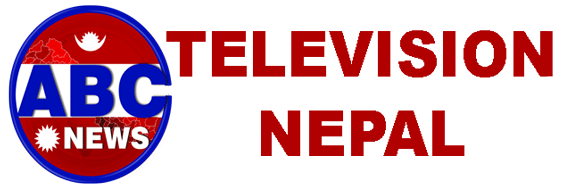
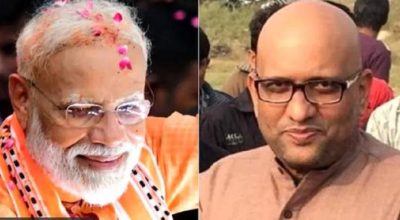
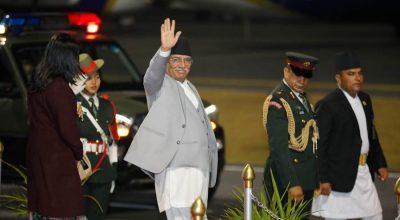
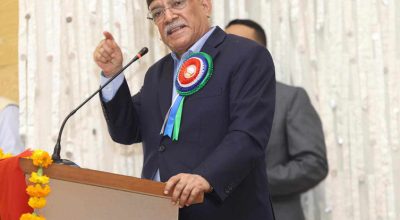
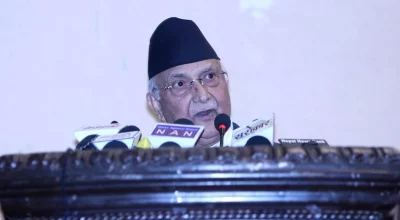
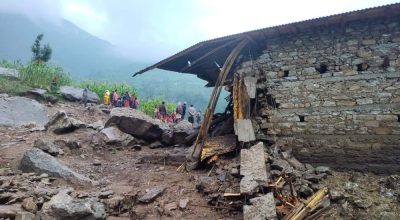
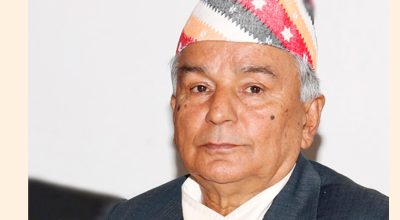
प्रतिक्रिया दिनुहोस्